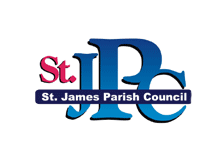St James
The parish, located on the north-west end of the island, is bounded by Trelawny to the east, St. Elizabeth to the south and Hanover and Westmoreland to the west. St. James was named by Sir Thomas Modyford in about 1665, for the Duke of York (who later became James 11) and was the reigning monarch at the time.
The capital Montego Bay, is the most urban town in St. James, it is the second largest city in Jamaica by area and the third by population (after Kingston and Portmore). One of the many stories surrounding how it got its name is that ‘montego’ was derived from the Spanish word ‘manteca’ meaning lard or butter. An early map of Jamaica has Montego Bay listed as ‘Bahia de Manteca’ or ‘Lard Bay’.
Tourism is a major foreign exchange earner for the parish, providing employment for hundreds of Jamaicans. Indeed over eighty percent of the entire parish of St. James is dependent on the tourism industry. Monuments and historic sites in St. James include the Rose Hall Great House, the St. James Parish Church, the Old Slave Ring-Cotton Tree Lodge and Fort Montego Bay. In fact,Montego Bay is the tourism capital of Jamaica. It boasts the most hotel accommodation the most transport facilities and is, in fact, a cosmopolitan holiday centre, offering a wide choice of amenities.

![]()